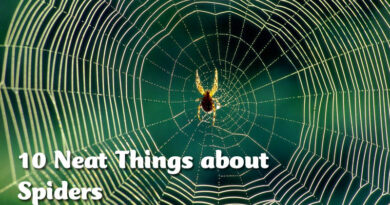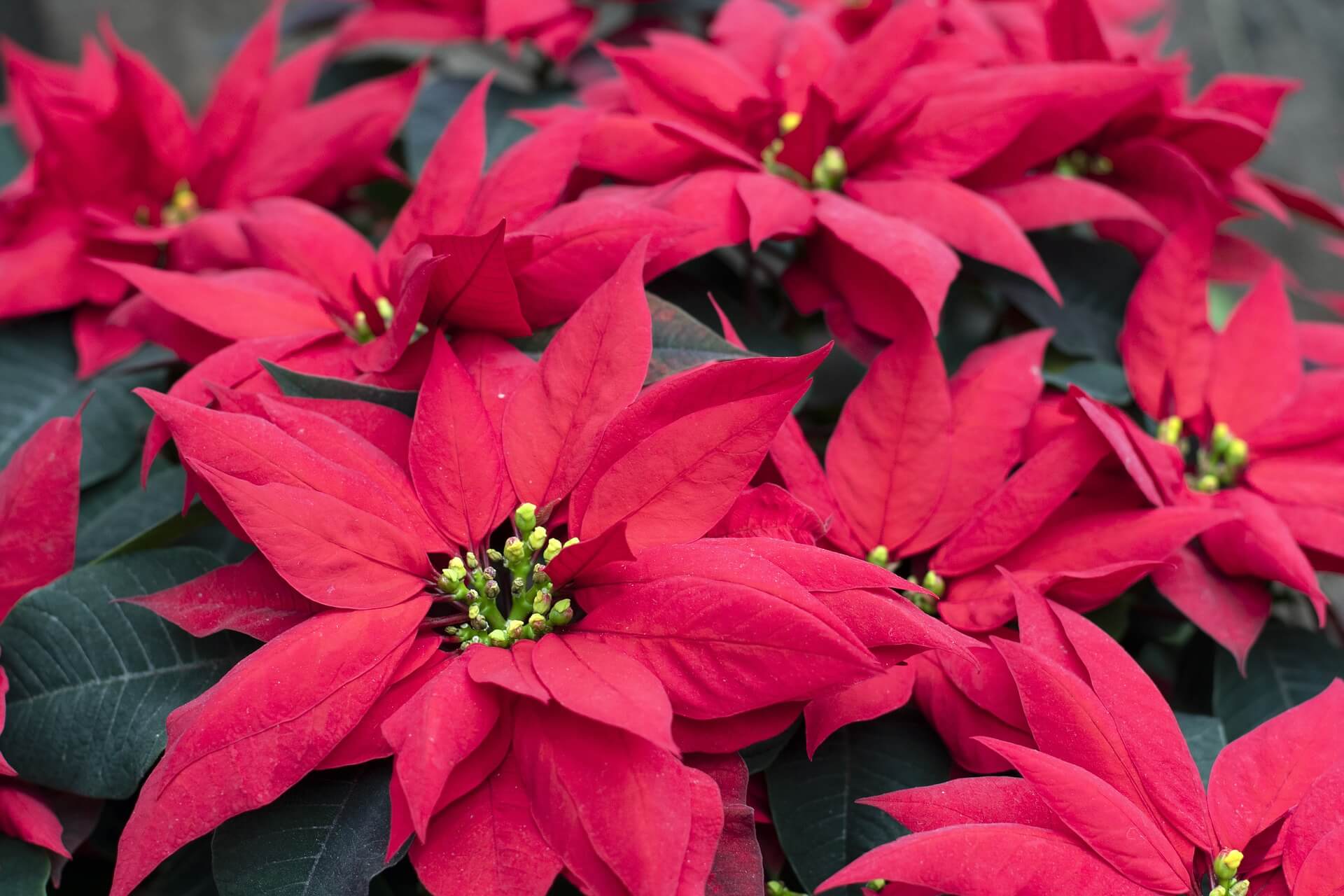Fluffy vandals: 10 Neat Things about Garden Rabbits
1. What to do if you find a rabbit nest.
It’s common to find baby cottontails (called kits) in a shallow nest lined with fur and grass, often right in the middle of a lawn or flower bed. If the babies are uninjured and the nest is intact, the best thing to do is leave it alone. The mother only visits a few times a day to avoid attracting predators. You can gently cover it back up the way you found it. Most kits are weaned and gone within three weeks.
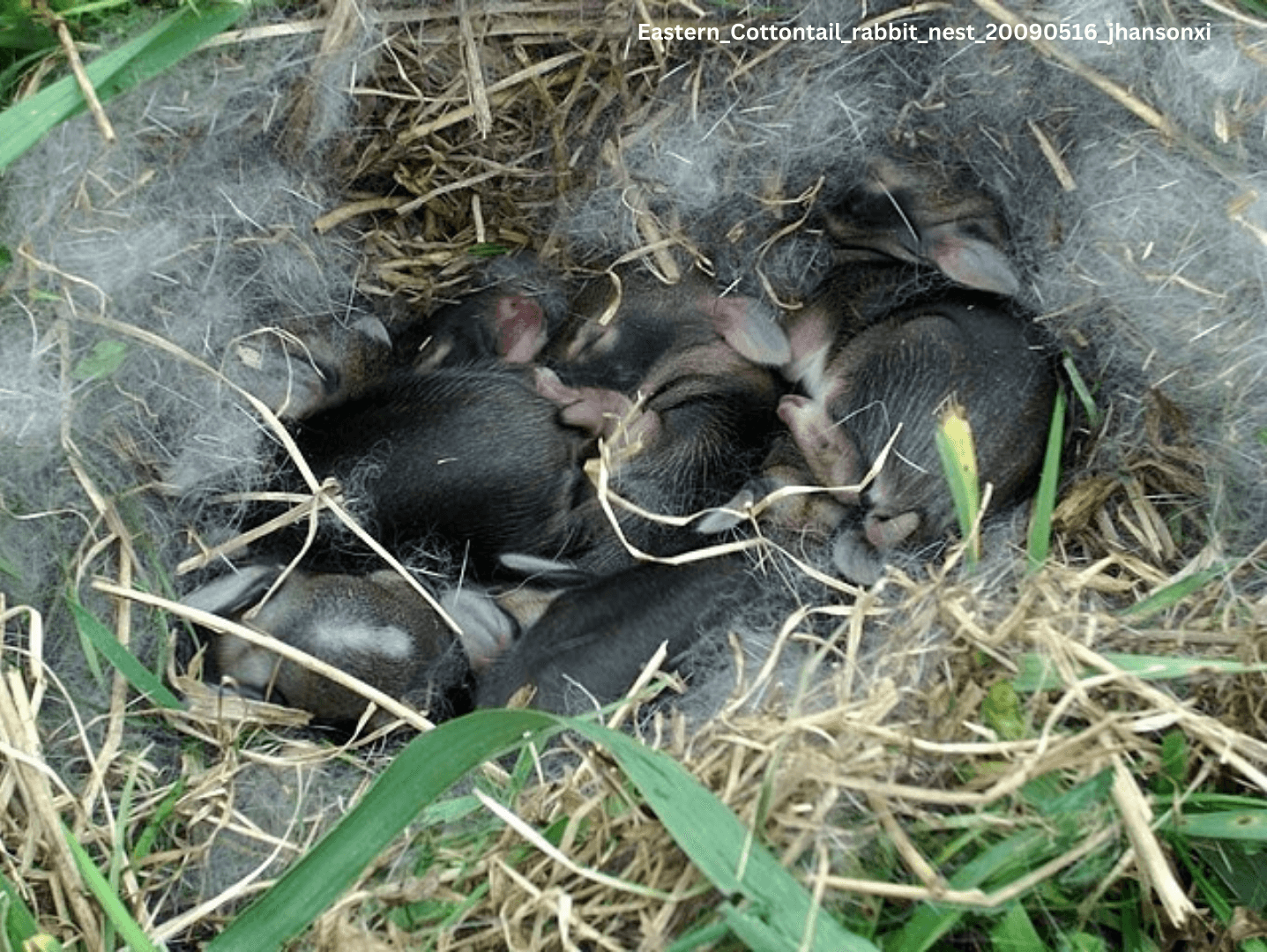
2. They breed like… well, rabbits.
Cottontails can have up to five litters per year, with as many as eight kits each time. In southern Canada, breeding begins in early spring and continues through late summer, meaning the number of garden rabbits grows fast if unchecked.

3. Their top foods might surprise you.
Rabbits love tender new growth—leafy greens, young beans, peas, and bark. But they’re also opportunists. In a pinch, they’ll chew woody stems, evergreens like cedar and yew, and exposed root vegetables.

4. Girdling trees is a winter hazard.
Because cottontails don’t hibernate, they chew on bark and twigs in winter—especially on young trees and shrubs. Girdling, where bark is stripped in a full circle, can kill a tree. To prevent this, use tree guards or wrap the lower trunk with hardware cloth or plastic spiral wraps in autumn. Wraps should reach above the typical snow line (about 2 feet) and be removed in spring to prevent moisture buildup.
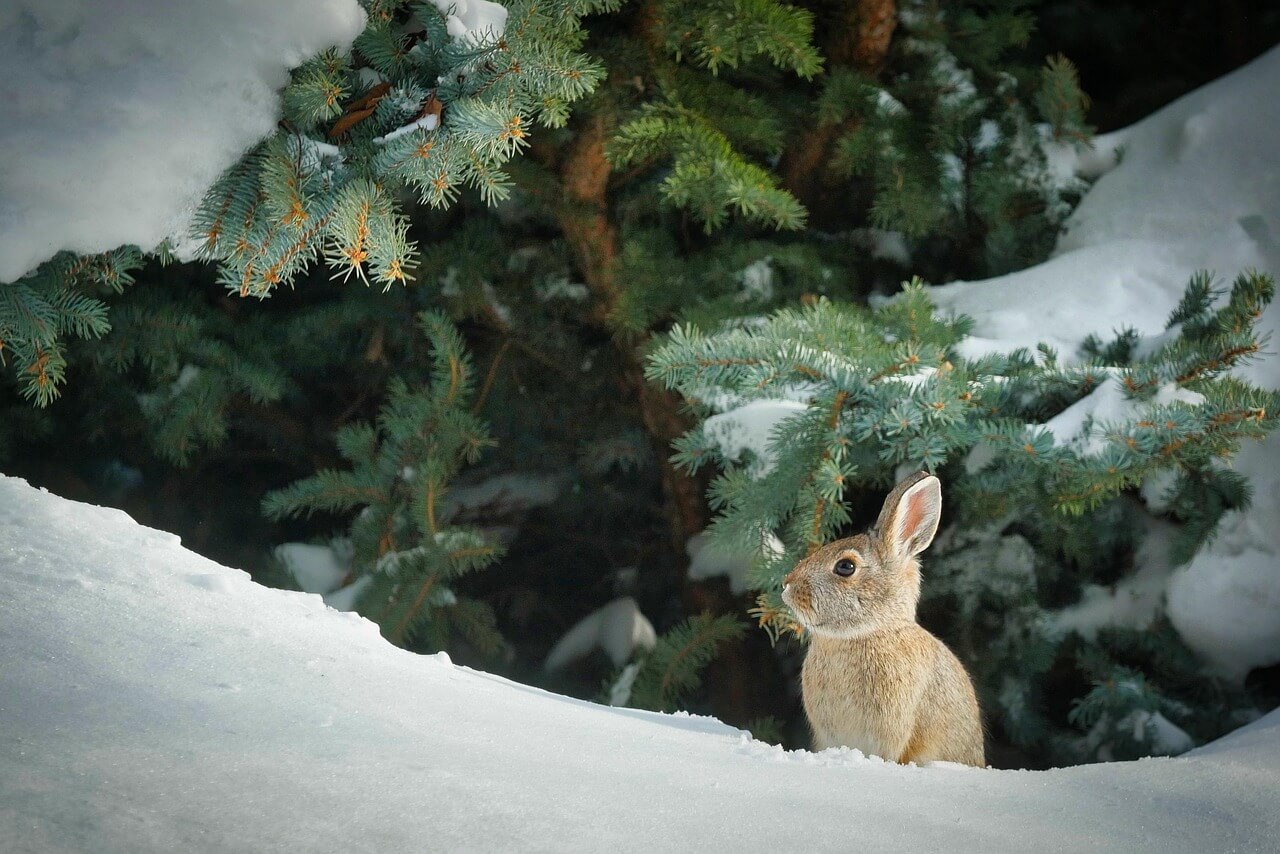
5. Fences work best with a tidy perimeter.
Rabbits avoid wide-open spaces where they feel exposed. A well-trimmed garden with fewer hiding places makes them less comfortable. Combine that with fencing—chicken wire at least 2 feet tall and buried 6 inches underground—and you’ll have a much better chance of keeping garden rabbits out.

6. They don’t dig burrows, but they do dig.
Cottontails don’t live underground like hares or European rabbits, but they will dig shallow depressions for nests or under fences to reach tasty plants. Burying fencing and keeping an eye out for new holes is part of staying ahead.

7. They use the same hiding spots again and again.
Cottontails are creatures of habit. They’ll return to the same hiding spots—like dense shrubs, brush piles, or under decks—when startled. Reducing these can make your yard less attractive to them.
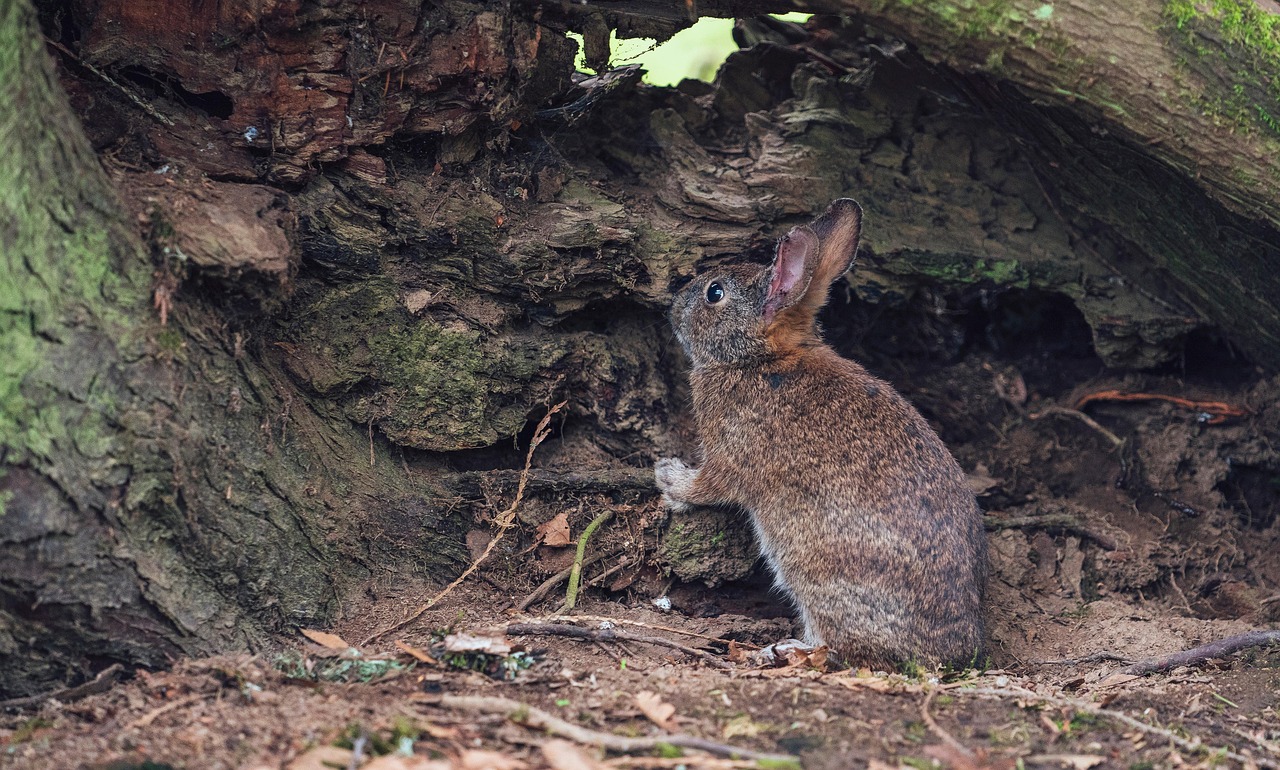
8. Some plants naturally repel them.
Strong scents, fuzzy textures, or bitter sap deter rabbits. Marigolds, lavender, Russian sage, and lamb’s ears are among plants they typically avoid. Planting these among vegetables can offer light protection.Find out more about rabbit-resisting plants here.
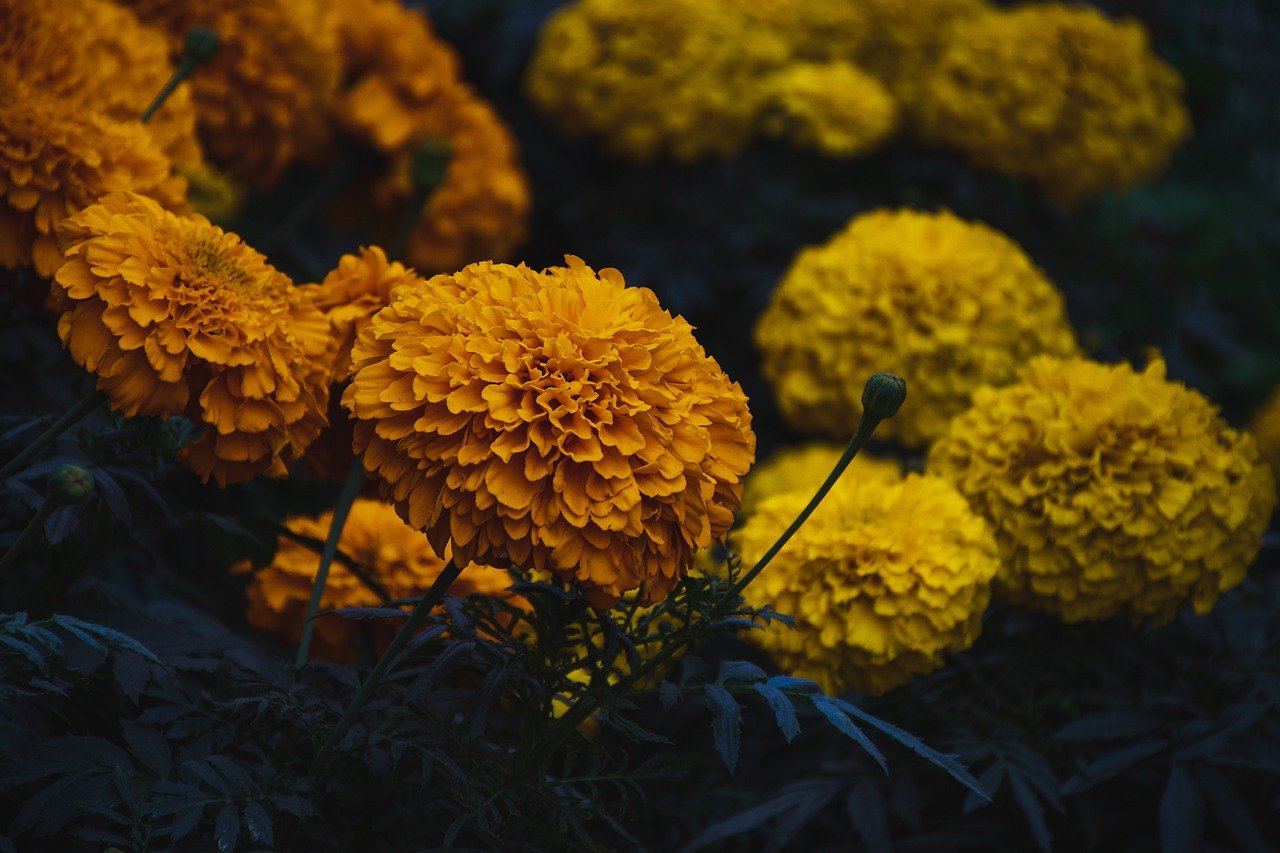
9. Their poop is actually good for your garden.
Rabbit droppings are rich in nitrogen and phosphorus and can be used as cold manure, meaning they don’t need to be composted before applying. Just scatter them where you need a nutrient boost.

10. Cottontails are not hares.
Though often confused, hares and rabbits are different species. Cottontails are born blind and hairless, grow quickly, and prefer edges of fields and gardens. Unlike hares, they don’t dig burrows but nest in shallow depressions.





